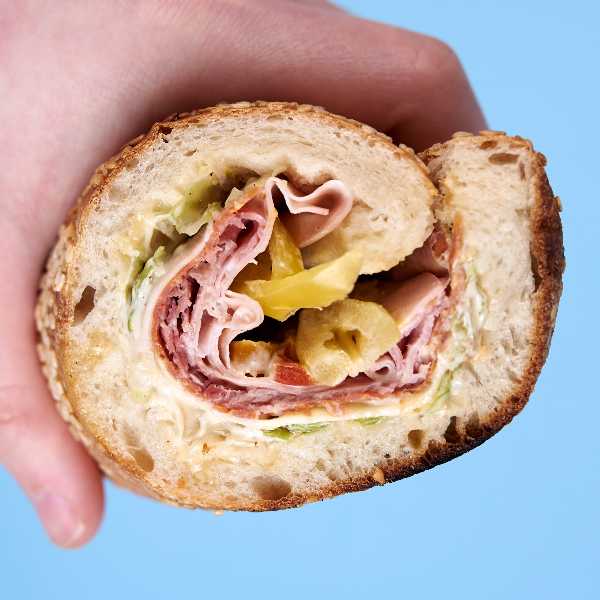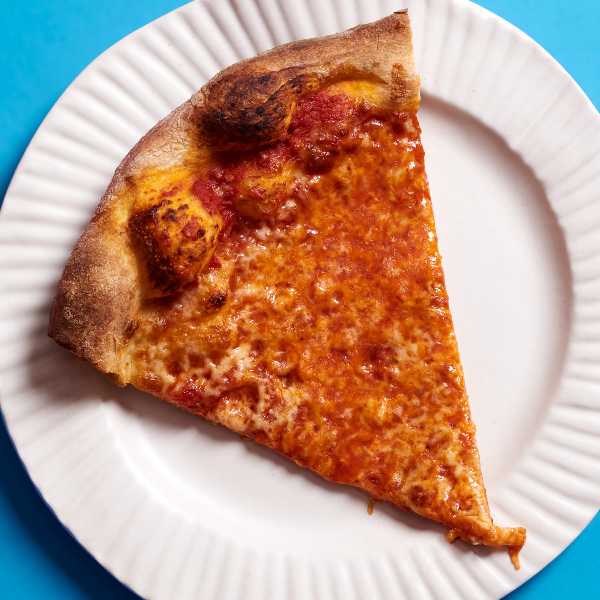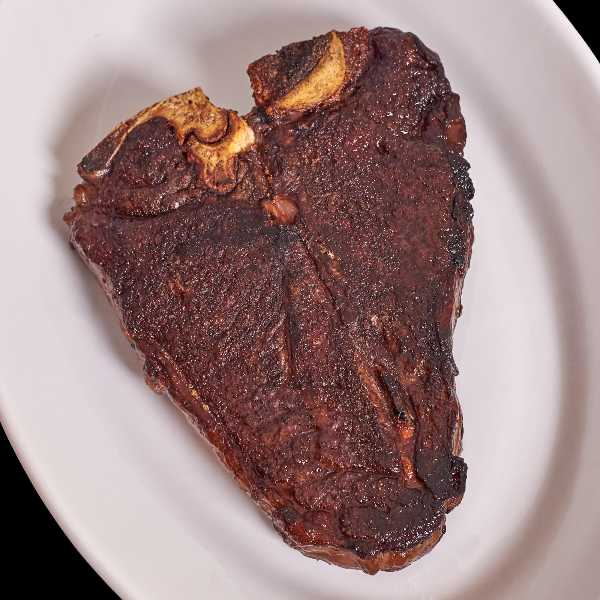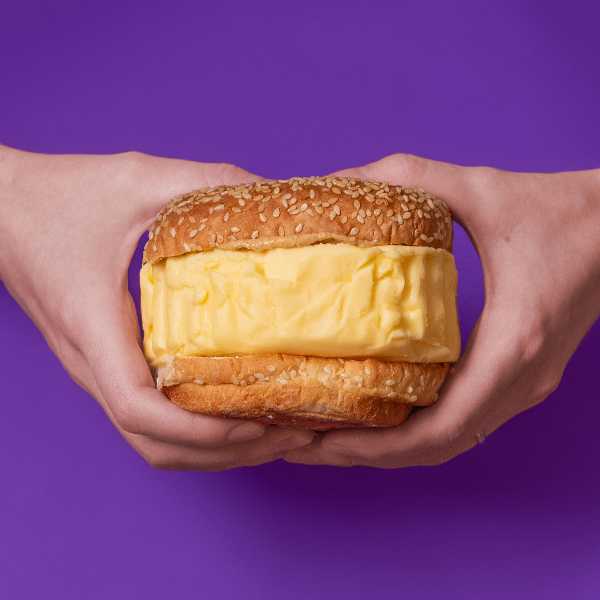This piece will provide the ideas necessary to enable you to cook my carrots. I will not provide precise cook-time expectations: carrots vary, stoves vary, and to some extent, you must be your own rabbi.
Should you proceed, you will cook carrots in butter with a pan on the stove, covered, for one to two hours at approximately 300°F. You will salt the carrots aggressively, with more salt focused on the thickest parts. Once the salt has dissolved into the carrots, you will flip the carrots and salt the other side. With all of the salt incorporated into the carrots, pepper the carrots uniformly on each side, and you will continue to flip the carrots intermittently. The carrots are done when they’re fork tender throughout, and they’re best served with a garlic or horseradish mayo. A splash of lemon should be added to the mayo and the carrots upon plating.
You can stop reading this article now and make the carrots. You will be in good company with the many who’ve successfully made these carrots from fleeting social media posts with similarly vague instructions. The rest of this piece will offer you some context and an elaboration on the instructions above.
Cooking carrots in butter for a while isn’t new: Mark Bittman has a oven-roasted butter-poached carrot recipe. I believe stovetop labor is critical for achieving my specific carrots—while there are some free lunches to be had in cooking, oven baking these carrots is not one of them. Noma, best known for staffing mostly unpaid workers and threatening to blacklist them, apparently also used to take “utterly old, shitty” carrots and poach them for a while in goat butter. This article will guide you toward cooking carrots far more intensely and with far less grandeur.
You can cook many vegetables in a similar manner: I regularly cook frozen broccoli florets with salt, in canola or peanut oil, until nicely browned and tender. It’s one of my favorite side dishes, like eating a deconstructed broccoli latke.
I cook my carrots in a carbon steel pan, but you can use cast iron, stainless steel, a non-stick aluminum pan, or whatever reasonable pan you have on hand. The capability of your pan to fit all of your carrots, and your trust in the pan, are more important than the pan itself.
I’ve found that a pan surface temperature of 300°F enables you to nicely brown the carrots without as much fuss over constantly flipping, as there can be with hotter temperatures. You can assure yourself of your pan’s temperature with a basic IR thermometer or by using a induction cooktop, but neither is necessary: aim for medium-low heat on your stove to start. You want to slowly caramelize the carrots and soften them without burning them, and, if necessary, you should adjust the temperature to achieve that goal.
Buy a one- or two-pound bag of carrots from the supermarket. Rainbow carrots are fun but unnecessary for the success of this recipe.
Carrot Calculator
Wash the carrots, scrub them if you want, and cut off any horrific bits, but there’s no need to peel them. Cut the tips off the carrots to feed to your backyard bunny friends.
Get a pan hot, about 300°F, and melt butter—a stick of butter is good for two pounds of carrots, but if you don’t have the constitution for a whole stick, at least half a stick is necessary and sufficient. Do not use clarified butter: you want the milk solids, the best tasting part of butter, to flavor the dish. Once the butter is melted, add the carrots to the pan. You’ll have to place the longest carrots at the center of the pan, but when the carrots cook and soften, you can rotate them so that the thinnest carrots are farthest from the pan’s hot spots.
Ambitiously salt the side of the carrots facing up. It’s better to err on the side of salting the carrots more—do not be obscene, but do not fail through your own gutlessness. Salt the thickest portions of each carrot the most intensely. Unless your carrots are of unusually low girth, you should spray some water into the pan to contribute more steam, and immediately cover the pan with a lid or aluminum foil. Once the salt is mostly dissolved into the carrots, flip the carrots, salt the other side as you did previously, and cover the carrots.
I usually flip the carrots for the first time after 15 minutes of cooking, and I check the carrots every 15–20 minutes thereafter. Check the carrots sooner and more frequently if you’re not confident in maintaining your pan temperature. Adjust the pan temperature, and add water to the pan as needed.
Once the carrots have softened somewhat, add a generous amount of black pepper, flip the carrots, and add pepper to the other side. I’m a fan of using freshly cracked Tellicherry pepper—my most grandiose addition—but it’s not chamomile tips and sorrel.
Thicker carrots will need a longer overall cook time compared to thinner ones. The carrot cook time could range from one hour to two hours, depending on your diligence with adding water, the temperature of the pan, and the will of the universe. A carrot is done when it’s fork tender throughout.
While the carrots are continuing to cook, I make a mayo-based sauce to accompany them, generally a garlic mayo: Hellmann’s with salt, lemon juice, and the heaviest hand of very finely minced garlic. Unless you use a miniscule amount of mayo, you should probably be dealing with a few cloves of garlic for this mayo. I’ve also paired the carrots with a horseradish mayo, made with fresh horseradish and a splash of lemon. Both varieties work exceedingly well and stand as essential pairings.
If you need to time the carrots with other dishes, I’ve had good luck holding the carrots at lower temperatures—approximately 200°F. In that case, when it’s time to serve, I give the carrots a quick warm up at 300°F or slightly hotter.
Once the carrots are fully tender and you’re ready to eat them, plate the carrots, squeeze some lemon juice over them, and serve.
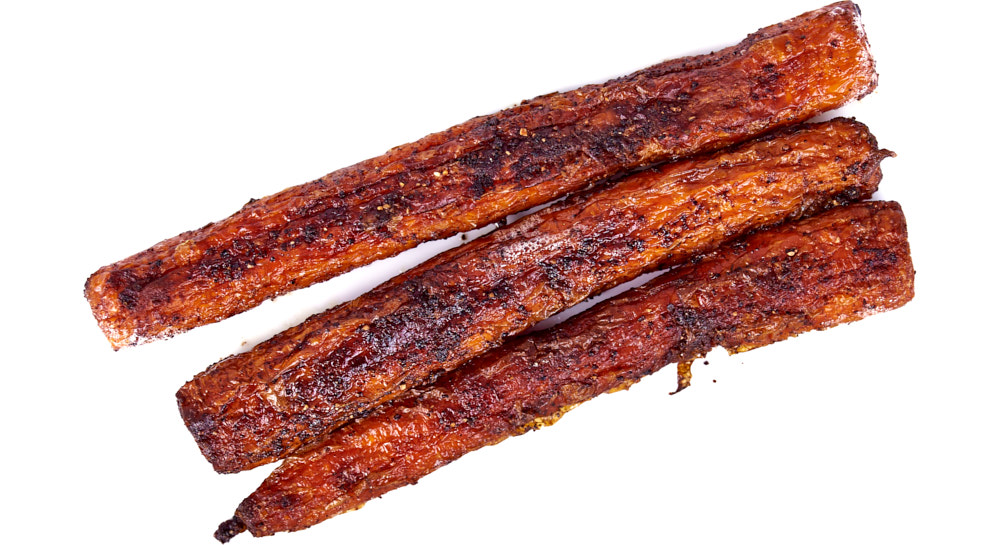
Next up in The Secret of My Success
The Latest
A campaign of union busting by restaurateur Ann Kim and a campaign of bullying and intimidation by the Star Tribune to remove my work reporting on the union busting.
Tony Liu and Lindsey Schuyler’s abject failure in reckoning with antisemitism.
